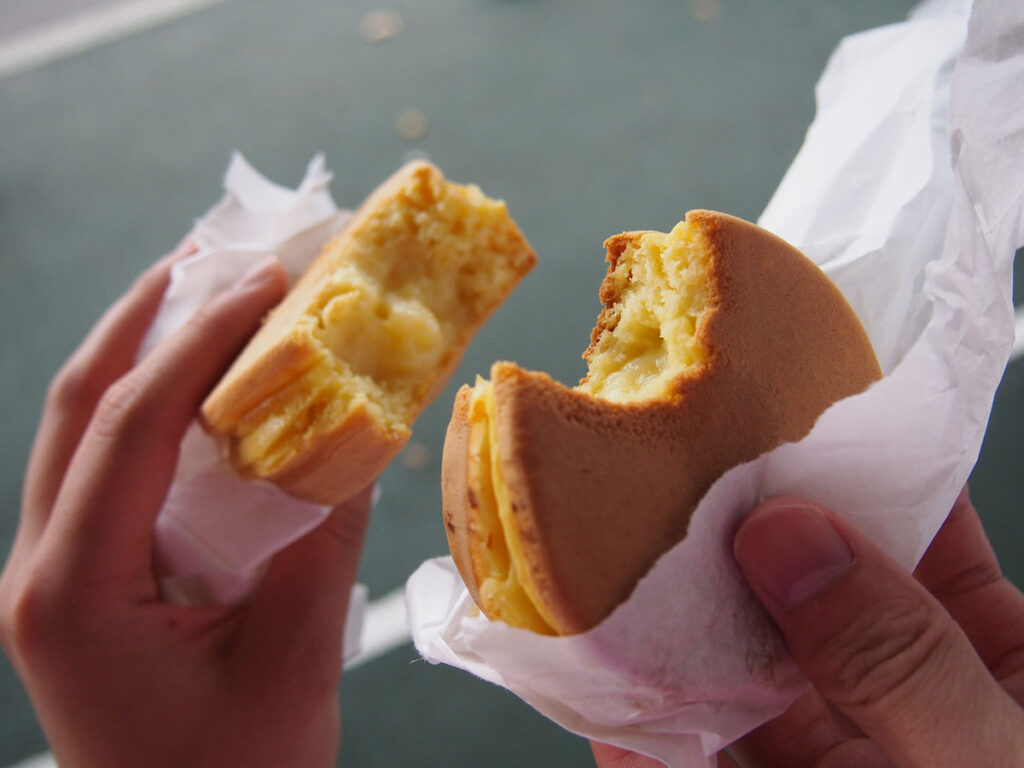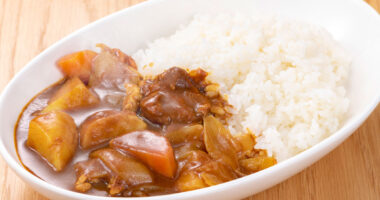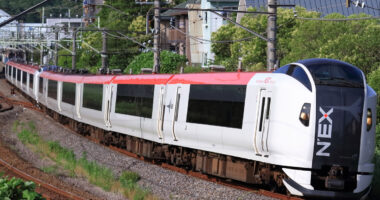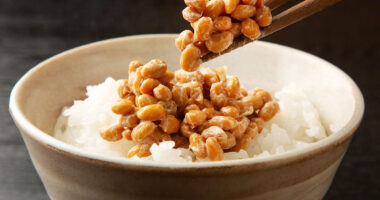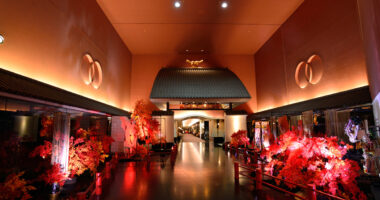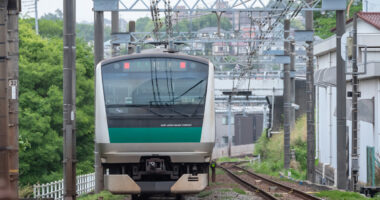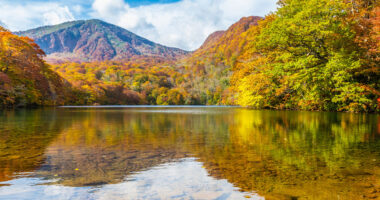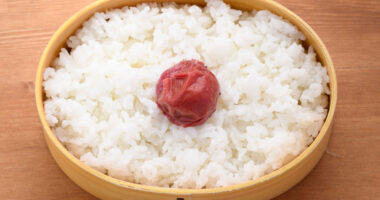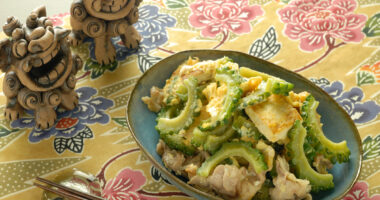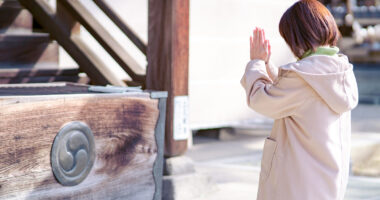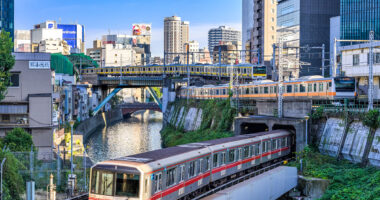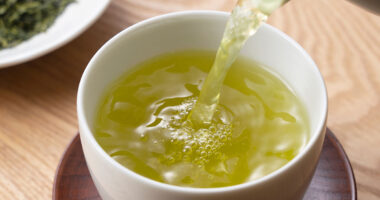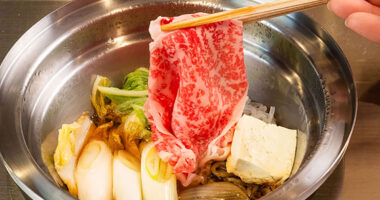Imagawayaki (thick pancake sweets) is a beloved Japanese wagashi (traditional Japanese sweets).
This hockey puck-shaped, thick treat features a crisp, golden exterior and a soft interior filled with sweet anko (red bean paste) or other fillings. A favorite since the Edo period (1603–1868), imagawayaki remains popular at festival stalls and shops. Known regionally as ōbanyaki (large pancake sweets) or kaitenyaki (rotating sweets), their varied names add to its charm.
Modern versions include fillings like custard cream, expanding its appeal across generations.
To explore more about Japanese confections, check out this article.
Imagawayaki basics and structure
Imagawayaki resembles a small pancake, a wagashi made from flour, eggs, and sugar. Its batter yields a soft, pancake-like texture, but the sweet anko filling and the dough’s flavor combine to create a unique taste.
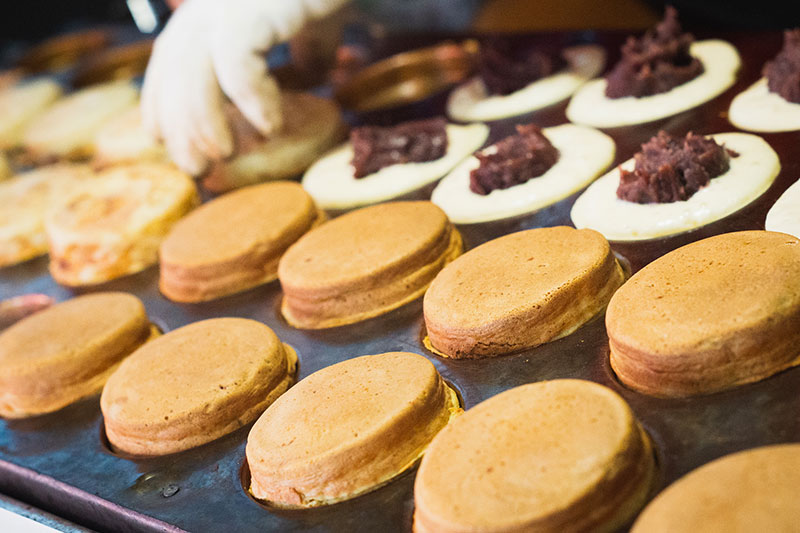
Imagawayaki (photo for illustrative purposes)
Imagawayaki’s appearance and texture
Baked in metal molds, imagawayaki’s exterior turns a beautiful brown, resulting in a crisp texture. The interior remains soft and fluffy, creating a delightful contrast of crunchy outside and tender inside, a key allure.
Modern imagawayaki variations
Beyond traditional anko, custard cream-filled imagawayaki is highly popular. Other fillings include shiro-an (white bean paste), uguisu-an (green bean paste), and peanut paste.
These diverse fillings make imagawayaki appealing to those who dislike anko, ensuring its evolution as a wagashi loved by all ages.
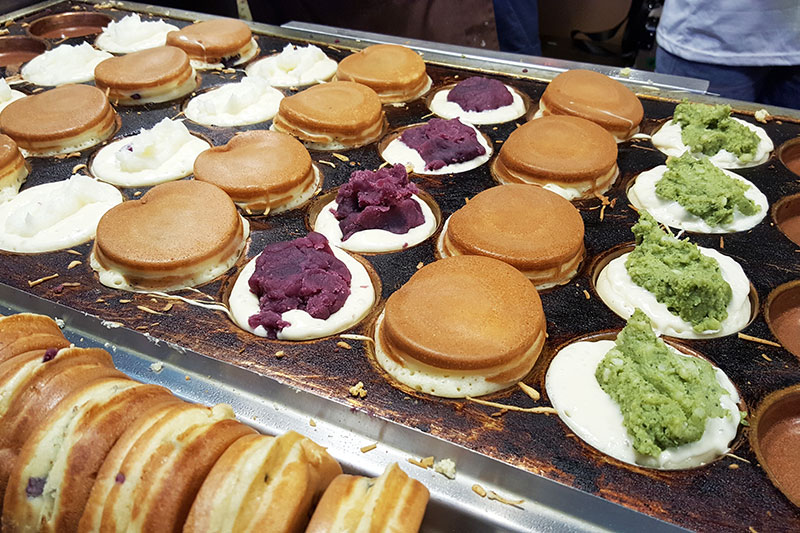
Imagawayaki (photo for illustrative purposes)
Imagawayaki history and origins
Imagawayaki’s history dates back to the Edo period. While its origins have various theories, we’ll explore one fascinating origin story to understand how this treat became a beloved staple.
Edo period beginnings
Originating around the An’ei era (1772-1781) near Kanda’s Imagawa Bridge, imagawayaki was sold as an affordable sweet. Named after the bridge, it became a popular treat for Edo’s commoners. Records suggest it was larger and more oval-shaped then.
Meiji era to modern times
In the Meiji era (1868–1912), imagawayaki spread nationwide, becoming a festival and fair staple sold at stalls. Freezing technology later enabled frozen imagawayaki, making it a convenient household treat.
Regional names and variations
Imagawayaki’s diverse regional names reflect its widespread love and unique evolution across Japan, a captivating feature of this wagashi.
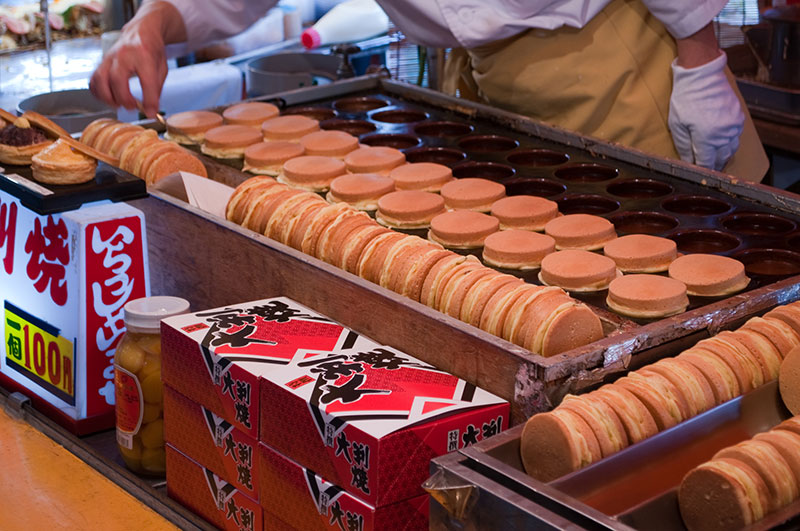
Imagawayaki (photo for illustrative purposes)
Kansai region names
In Kansai, imagawayaki is commonly called ōbanyaki, named after the large, coin-like ōban and koban currency of the Edo period. It’s also known as gozasōrō, derived from a Himeji-based company in Hyogo Prefecture.
Nationwide name variations
Imagawayaki goes by many names across Japan, showcasing its regional diversity. Here are some examples:
- Kaitenyaki
- Enbanyaki
- Amatarōyaki
- Oyaki
- Homuranyaki
- Ōgon’yaki
- Taikoyaki
- Dorikonoyaki
- Rondon’yaki
- Ōgonmanjū
- Jimanyaki
Regionally, it’s called ajiman in Hokkaido, imagawayaki or ōbanyaki in Kanto to Chubu, gozasōrō in Kinki, kaitenyaki in Kyushu, and ōbanyaki elsewhere, with other unique names in some areas.
Relation to taiyaki
Tokyo’s taiyaki (fish-shaped pastries with a sweet filling) evolved from imagawayaki. Tai (sea bream), believed to be an auspicious fish in Japan, inspired its fish-shaped mold, transforming imagawayaki’s round shape. As a variant of imagawayaki, taiyaki is now a distinct wagashi, especially popular with children due to its cute shape. It uses similar batter and fillings.
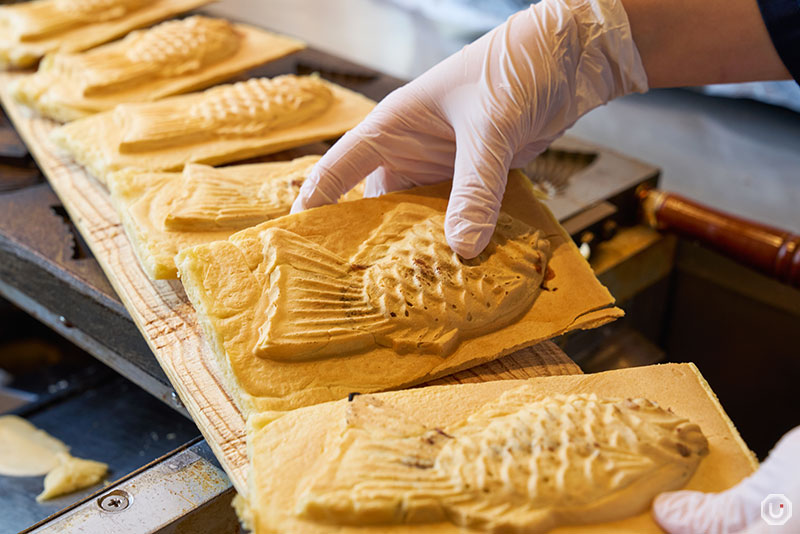
Taiyaki from Taiyaki Kanda Daruma
Making imagawayaki at home
Imagawayaki is surprisingly easy to make at home. Try it before your Japan trip. An imagawayaki maker replicates stall-quality results, but a frying pan and silicone mold work too. You may be able to order imagawayaki toasters or makers online or you can use molds with a similar shape.
Imagawayaki ingredients and preparation
Homemade imagawayaki batter uses the following ingredients:
Ingredients
- Pancake mix: 300 g (10.6 oz)
- Eggs: 3 medium
- Honey: 60 g (2.1 oz)
- Water: 300 cc (10.1 fl oz)
Outside Japan, pancake mix is a suitable substitute for specialty flour, yielding delicious results. Honey adds depth and keeps the batter soft. Sugar syrup or maple syrup can replace honey.
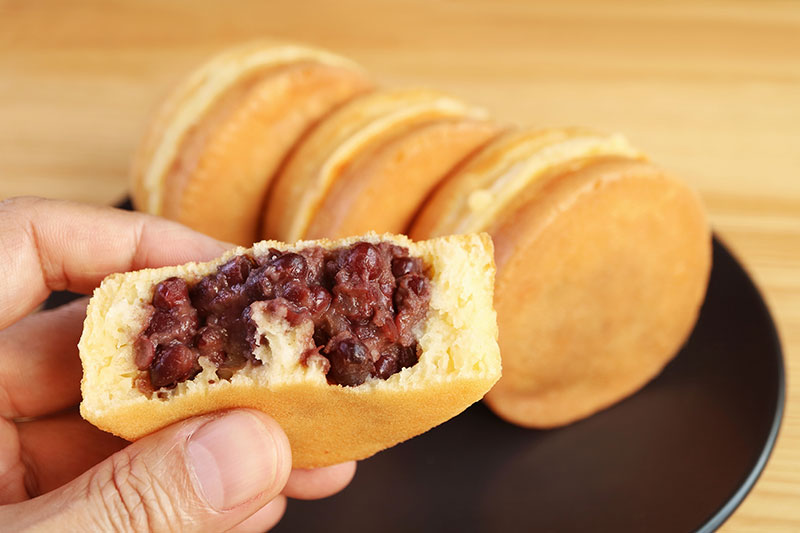
Imagawayaki (photo for illustrative purposes)
Imagawayaki cooking process
Cooking Process
- Mix the batter:
In a bowl, combine eggs, water, and honey, mixing well. Add pancake mix and stir thoroughly. - Heat the imagawayaki maker (or frying pan):
Heat the imagawayaki maker or frying pan and lightly grease it. Use low heat to avoid burning the exterior while leaving the interior undercooked. - Pour the batter:
Fill the mold one-third full with batter. - Add filling:
Place anko or other fillings in the center, pressing lightly to level with the batter. - Check cooking progress:
Cook until the batter’s surface bubbles. - Pour batter for the other side:
Pour a thin layer of batter into the other mold (or proceed for frying pan). Just enough to cover the base is sufficient. - Combine the halves:
Place the cooked batter onto the other mold’s batter with a gentle “pop,” avoiding pressing too hard to prevent overflow. For a frying pan, fill the silicone mold to 80%, cook until bubbling, flip, and cook until golden.
Imagawayaki’s nutritional value and health considerations
While a delicious wagashi, understanding imagawayaki’s nutrition and health aspects ensures balanced enjoyment.
Calories and nutritional components
Imagawayaki is primarily composed of carbohydrates and sugars, with some protein from flour and anko. These provide quick energy but require moderation due to high sugar content.
Healthy enjoyment
Due to its sugar content, limit intake to 1–2 pieces daily, balancing with a healthy diet.
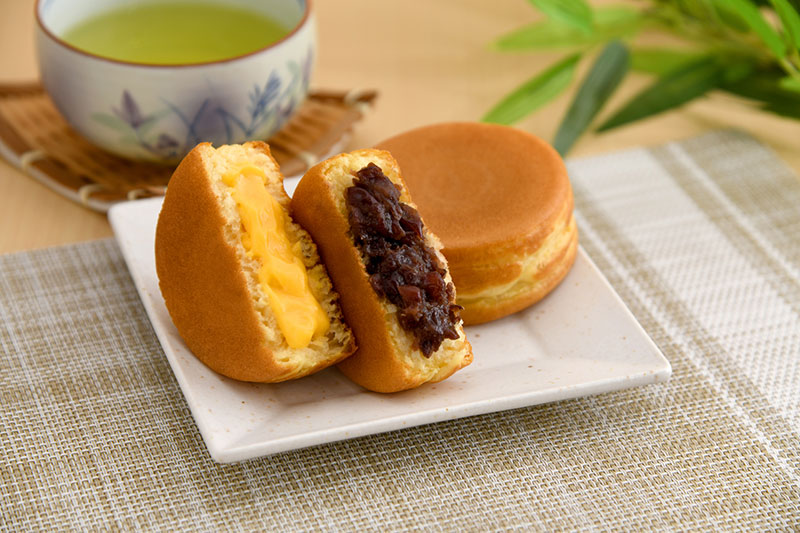
Imagawayaki (photo for illustrative purposes)
Nutritional differences by filling
Fillings affect nutrition. Anko provides fiber and iron, while custard offers calcium and protein from dairy.
Summary
Imagawayaki, cherished since the Edo period, is a hallmark Japanese wagashi. Its round shape, crisp exterior, fluffy interior, and sweet anko filling captivate many.
Its regional names, like ōbanyaki or kaitenyaki, highlight its diverse evolution. Modern variations with custard and other fillings broaden its appeal across ages.
